In the formative years of a child’s life, physical activity plays a crucial role in shaping motor skills, balance, coordination, and cognitive development. Among the most effective tools for encouraging early mobility is the toddler bike — a purpose-built two-wheeled vehicle designed specifically for children between the ages of 18 months and 5 years. More than just a toy, toddler bikes have evolved into sophisticated developmental instruments that bridge play with learning, independence, and physical growth.
Unlike traditional tricycles or training bikes with stabilizers, modern toddler bikes emphasize balance over pedaling, allowing young riders to develop core strength, spatial awareness, and confidence at their own pace. This shift in design philosophy has redefined how parents and educators approach early cycling education, making balance bikes and low-frame pedal models essential components of early childhood physical literacy.
This article explores the design evolution, developmental benefits, market diversity, and cultural impact of toddler bikes, highlighting their growing importance in shaping healthy, active lifestyles from an early age.
Design Philosophy and Technological Advancements
The modern toddler bike is a product of thoughtful engineering aimed at optimizing usability, safety, and engagement for young riders. Key design principles include:
Low Seat Height : Ensures feet can touch the ground easily, giving toddlers the confidence to stop and stabilize themselves.
Lightweight Construction : Typically made from aluminum, steel, or composite materials, these bikes are designed to be easy to maneuver without compromising durability.
Minimalist Frame Geometry : Focuses on simplicity and ergonomics, reducing complexity while maximizing ease of use.
Balance-Focused Approach : Many models eliminate pedals entirely, promoting a natural progression from walking to gliding to pedaling.
Adjustable Components : Seat height and handlebar positions are often adjustable to accommodate growth spurts and varying body proportions.
Recent innovations include puncture-proof tires, coaster brakes for pedal models, and integrated footrests for transitioning between balancing and pedaling.
Developmental Benefits Beyond Physical Activity
Beyond providing fun and exercise, toddler bikes offer a wide range of developmental advantages:
Motor Skill Development : Enhances gross motor skills such as coordination, balance, and muscle control.
Spatial Awareness : Encourages children to navigate obstacles, judge distances, and understand directional movement.
Cognitive Growth : Improves problem-solving abilities through real-time decision-making during rides.
Emotional Confidence : Riding independently fosters a sense of achievement and self-reliance in young children.
Social Interaction : Group riding encourages communication, cooperation, and shared play experiences with peers or family members.
These benefits align closely with early childhood education goals, making toddler bikes valuable tools not only for recreation but also for structured developmental play.
Market Trends and Consumer Preferences
The toddler bike market has seen exponential growth over the past decade, driven by increased awareness of early mobility benefits and rising parental emphasis on health-conscious upbringing. Key trends include:
Shift Toward Balance Bikes : More parents are opting for pedal-free models to build foundational skills before introducing traditional bicycles.
Eco-Friendly Materials : Demand for sustainable manufacturing practices and non-toxic finishes has led to the rise of wooden and bamboo-framed options.
Aesthetic Customization : Brands now offer a wide array of colors, patterns, and themed designs to appeal to both children and style-conscious parents.
Integration with Smart Technology : Some newer models feature removable GPS trackers, ride analytics apps, and interactive learning elements.
Major players in the industry, such as Strider, WOOM, Schwinn, and Micro, continue to innovate with lighter frames, adaptive sizing, and hybrid models that transition smoothly into youth bicycles.
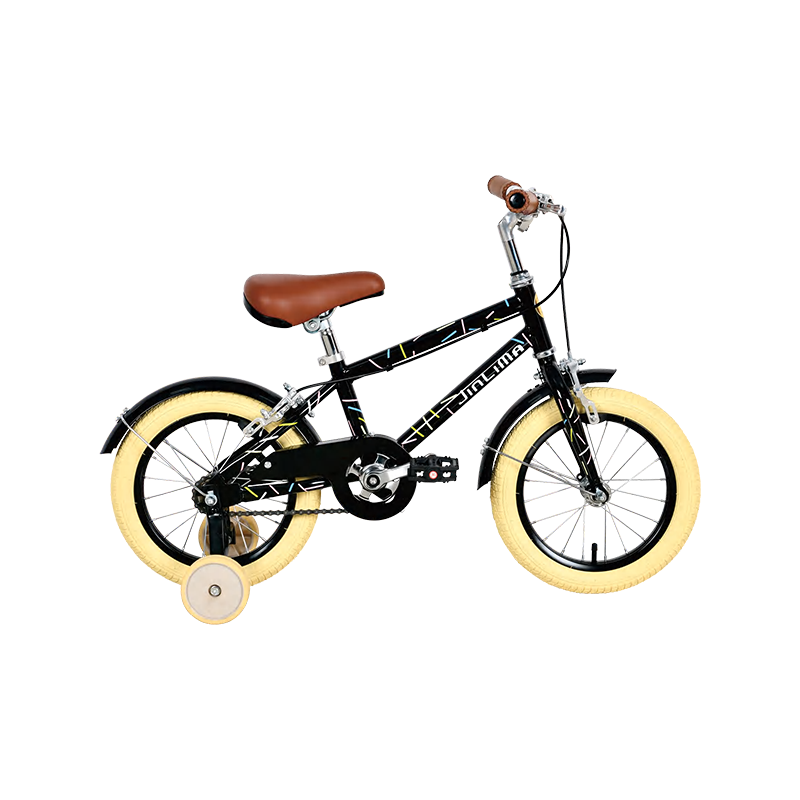
Cultural Shifts and Educational Integration
As societies place greater emphasis on early childhood physical literacy, toddler bikes are increasingly being incorporated into preschool curriculums and outdoor learning programs. In countries like Germany, Denmark, and Japan, structured balance bike activities are part of early education frameworks aimed at fostering lifelong fitness habits.
Public parks, playgrounds, and urban planning initiatives are also adapting to this trend by incorporating dedicated mini-cycling tracks and safe riding zones for toddlers — reinforcing the notion that mobility should be encouraged from the earliest stages of life.
Additionally, media representation — from animated shows featuring toddler cyclists to social media influencers sharing “bike parenting” journeys — has helped normalize and celebrate the role of toddler bikes in daily life.
Safety Considerations and Parental Guidance
While toddler bikes are generally safe when used appropriately, proper guidance and safety measures are essential:
Helmet Use : Encouraging helmet wear from the first ride instills lifelong safety habits.
Supervised Play : Young children should be monitored until they demonstrate consistent control and awareness.
Appropriate Terrain : Smooth, flat surfaces are ideal for beginners, minimizing risks of falls or loss of balance.
Proper Fit : A well-fitted bike ensures comfort and reduces injury risk, so regular size assessments are important as the child grows.
Manufacturers and advocacy groups have responded with comprehensive user guides, online tutorials, and community workshops to support new families entering the world of toddler biking.
Environmental and Long-Term Health Implications
Encouraging cycling at an early age contributes to broader societal goals around sustainability and public health. Children who grow up using bikes are more likely to maintain active lifestyles into adulthood, reducing sedentary behavior and associated health risks. Moreover, early exposure to eco-friendly transportation options helps shape environmentally conscious attitudes from a young age.
From a healthcare perspective, integrating toddler biking into daily routines may help combat rising concerns about childhood obesity, screen dependency, and reduced outdoor activity — positioning it as a preventative measure with long-term benefits.


 0
0


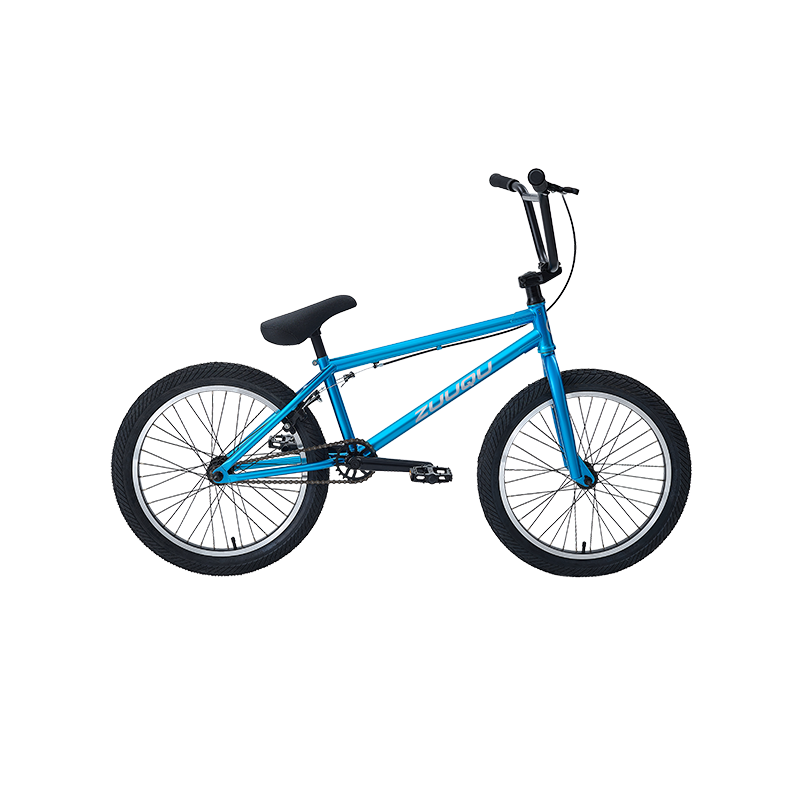

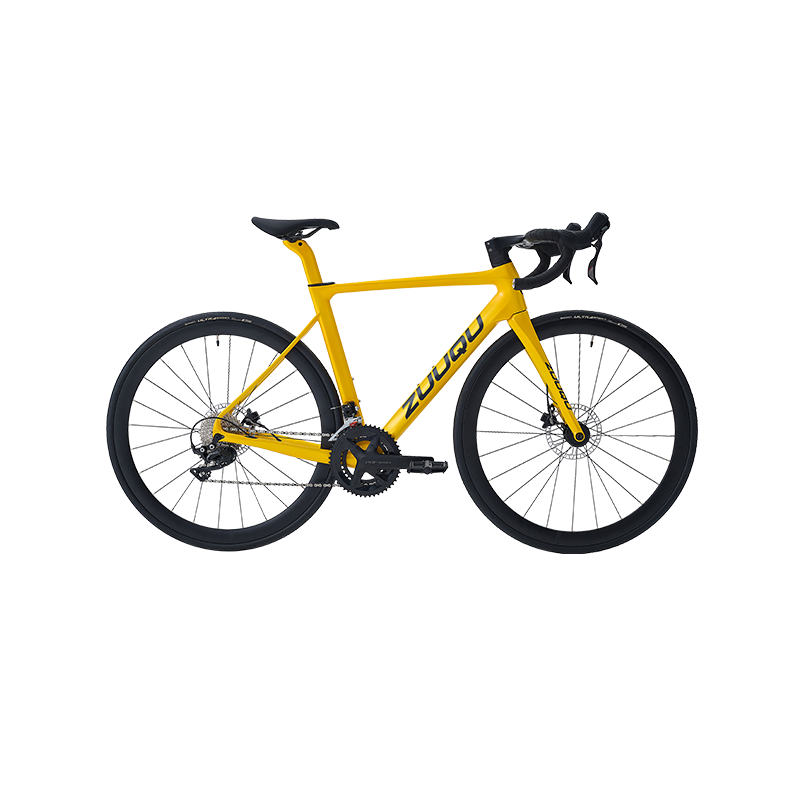
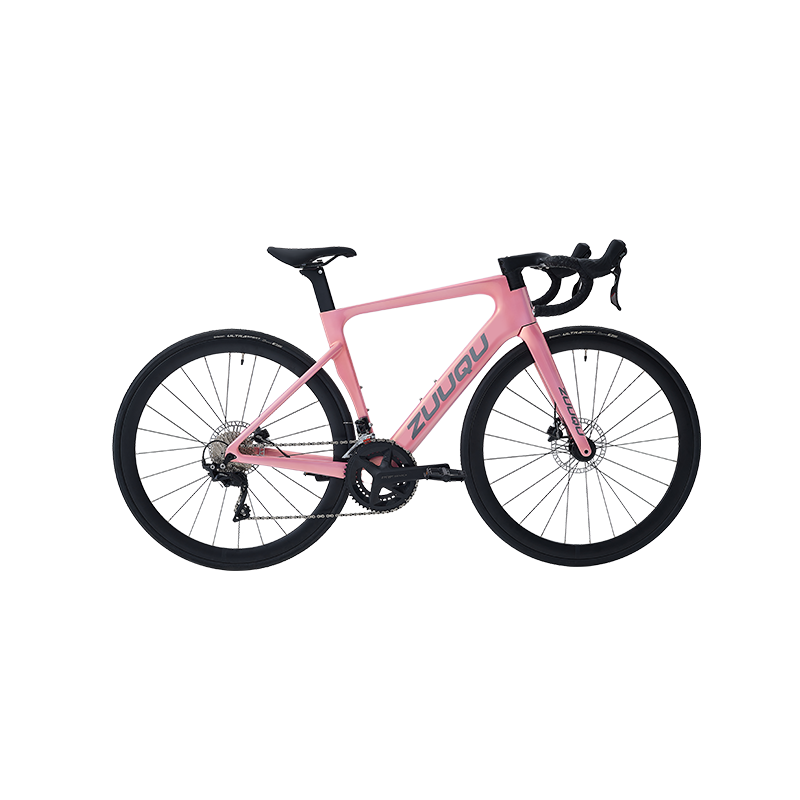
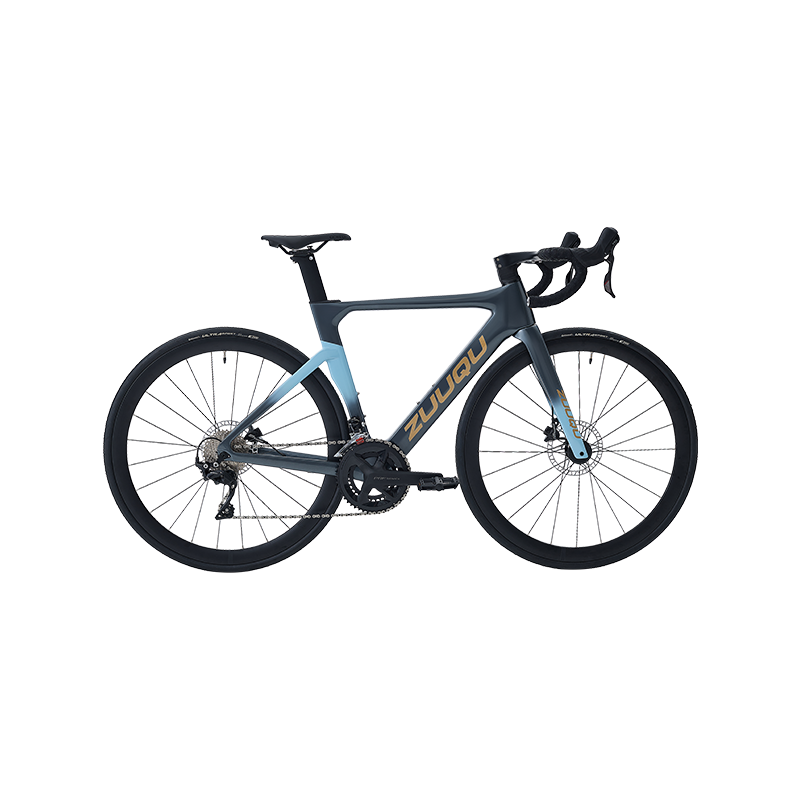
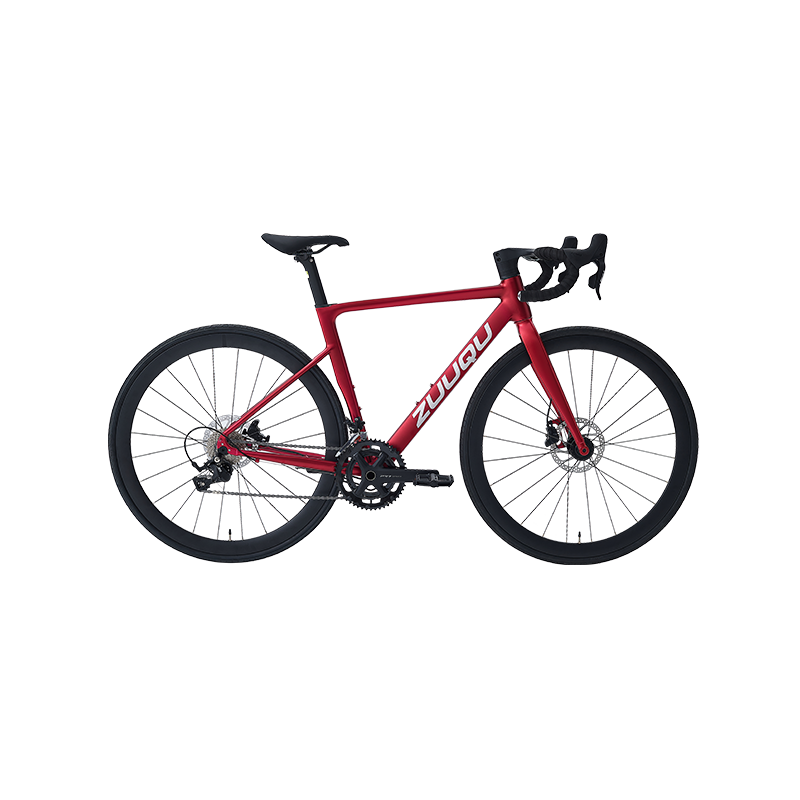
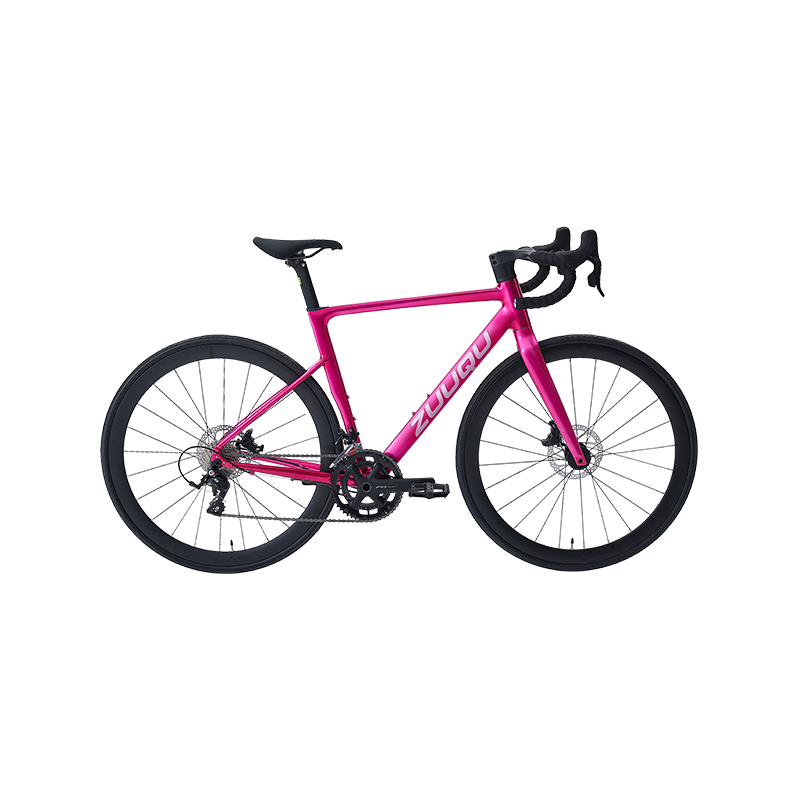

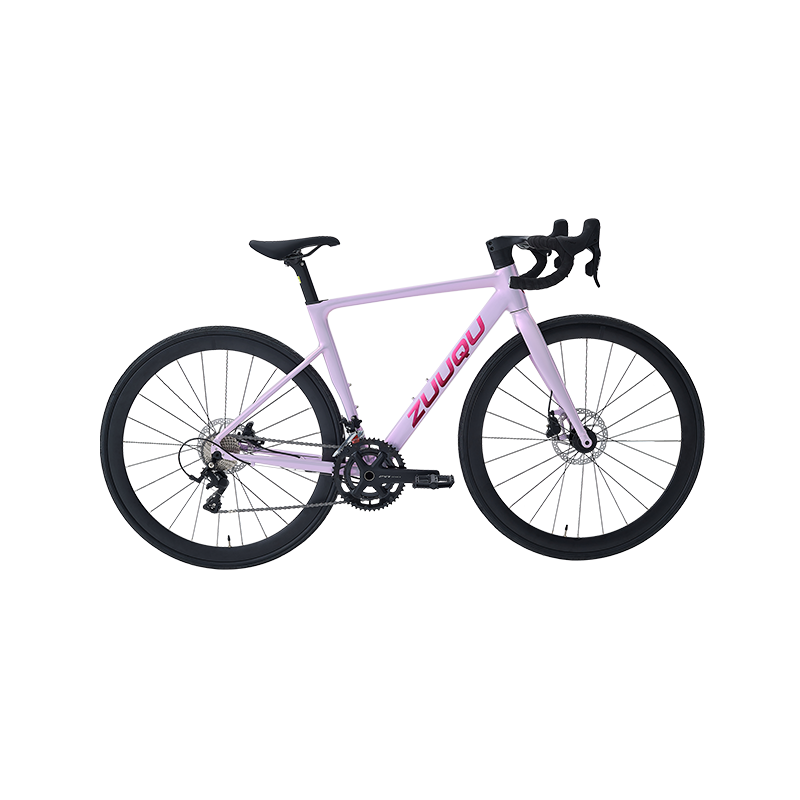
 Linhang industry park, Zhuji,
Linhang industry park, Zhuji,  +86-18858280688
+86-18858280688
